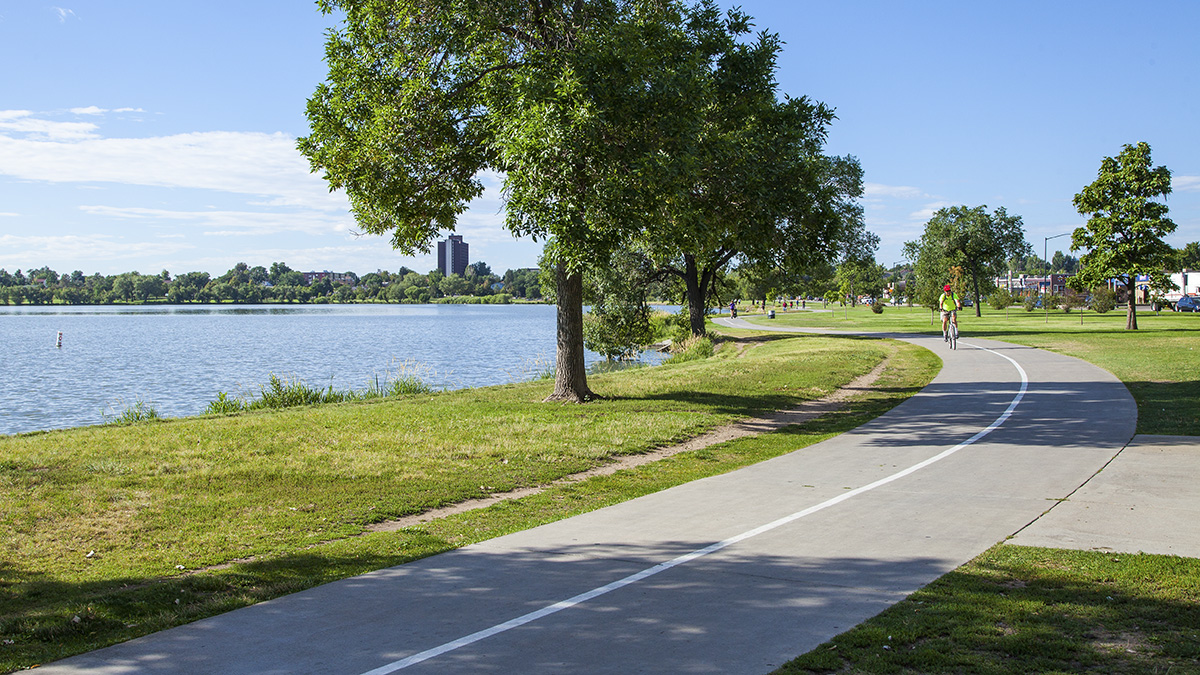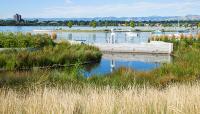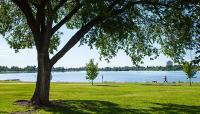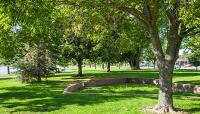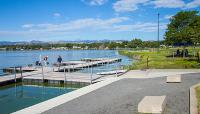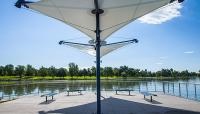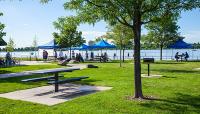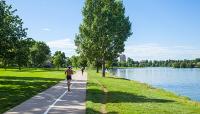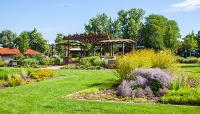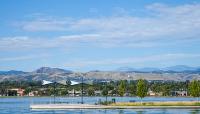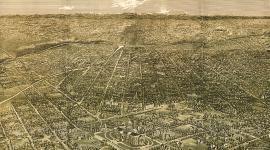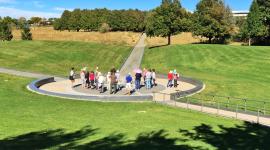Landscape Information
Located a short distance west of downtown Denver, this 290-acre park is the second largest in the city, although its namesake lake occupies 177 acres of the parcel. In the mid-nineteenth century, the area was little more than native prairie and a dirt road that connected Denver and Golden. Homesteader Thomas Sloan acquired the parcel in 1866 and began to improve it for agriculture. Sloan dug a well for irrigation, inadvertently tapping into an aquifer. Within days, his land was flooded by a large lake, often referred to as “Sloan’s Leak.” Sloan died in 1874, and the new owners developed the area for recreation, constructing the Manhattan Beach amusement park on the northwest shore. With a Ferris wheel, roller coasters, and a theater, the park was a popular destination until it burned in 1908. Attractions were reinstalled and the new Luna Park was in business until 1914, when it closed due to competition from the nearby Lakeside Amusement Park.
The area was made a public park in 1923, and portions of the lake were filled and stabilized for the construction of Sheridan Boulevard. Between 1931 and 1935, the Works Progress Administration constructed a channel between Sloan’s Lake and nearby Cooper Lake, essentially creating one body of water. Today, bounded by residential neighborhoods, the park consists of a narrow strip of lawn planted with mature canopy trees, buffering the lake from the flanking streets. A marina and recreational fields occupy the northern part of the park, a wetland has been improved to treat stormwater, and a 2.5-mile paved trail encircles the lake.




